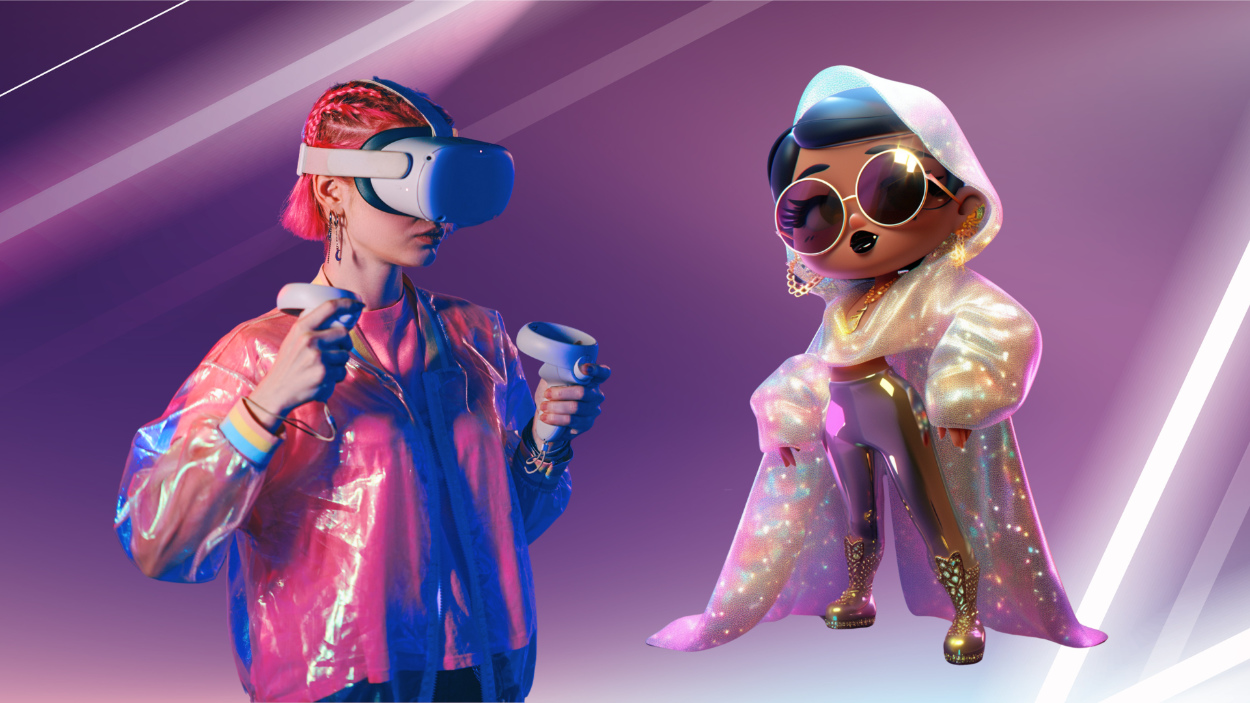
In the dynamic realm of gaming, where virtual battles are fought and fantastical worlds are explored, the influence of fashion is often underestimated. Yet, as gaming evolves into a more visually-driven experience, the convergence of style and gameplay is playing a pivotal role in defining not only how characters are perceived but also how players engage with these digital worlds. This trend is evident not only in mainstream gaming but also in niche sectors like online casinos, where platforms such as 1win casino leverage stylish, themed designs to enhance user engagement and create a distinctive brand identity.
The influence of character design on player engagement
One cannot overlook the impact of character aesthetics in video games. From iconic looks like Lara Croft’s adventurous ensemble in “Tomb Raider” to the stylized outfits of “Final Fantasy” characters, fashion within games serves more than just a visual purpose; it helps to narrate the story. The detailed design of a character’s attire can convey their background, personality, and expertise, enhancing the player’s connection to the game.
Game developers are investing heavily in character design, recognizing that a well-dressed character enhances the gameplay experience. For instance, the intricate armor of “The Witcher” series not only highlights the medieval setting but also reflects the rugged life of a monster hunter. This attention to detail in costume design enriches the storytelling, making the game more immersive and appealing.
Fashion beyond the screen: real-world impact
The influence of gaming fashion extends beyond the confines of the virtual world. As characters become cultural icons, their styles are being adopted in real life. Cosplay, where fans dress up as their favorite characters, showcases the deep impact of video game fashion. Events like Comic-Con are filled with fans clad in meticulously crafted outfits that mirror the precision and detail of their digital counterparts.
Moreover, the collaboration between video game franchises and fashion brands highlights the significant crossover appeal. High-profile partnerships, such as the one between “League of Legends” and Louis Vuitton, where the luxury fashion house designed both in-game outfits and a real-world clothing line, demonstrate how gaming is becoming a formidable force in the fashion industry.
This crossover not only boosts the visibility of both sectors but also introduces a new audience to the possibilities of video game-inspired fashion. It creates a symbiotic relationship where both industries benefit from the increased exposure and the blending of distinct creative domains.
Future of fashion in gaming
The integration of fashion and gaming is poised to reshape how we perceive both industries. As games continue to push the boundaries of what is possible in digital storytelling, the role of fashion will likely grow more influential. Future collaborations between game developers and fashion designers could lead to more innovative designs, both virtual and tangible, influencing trends on a global scale.
The excitement around these developments points to a future where fashion not only enhances the gaming experience but also leads the way in cultural influence. As we continue to witness the fusion of these two vibrant worlds, it is clear that the line between the digital and the real is not just blurring—it is being redrawn.



